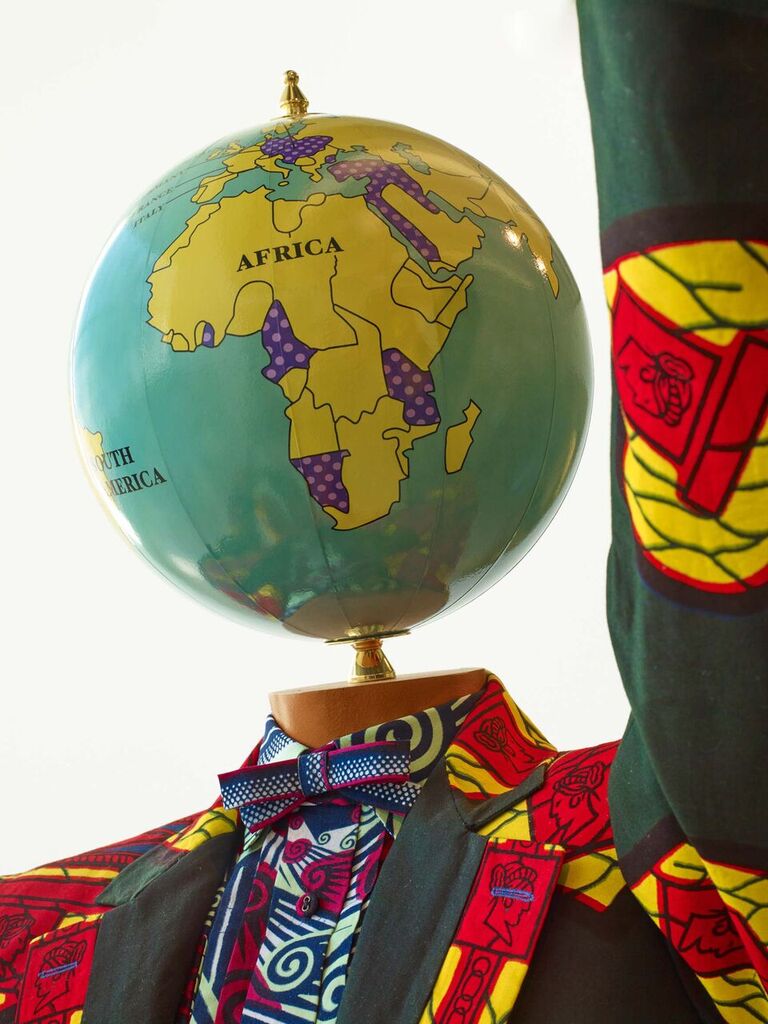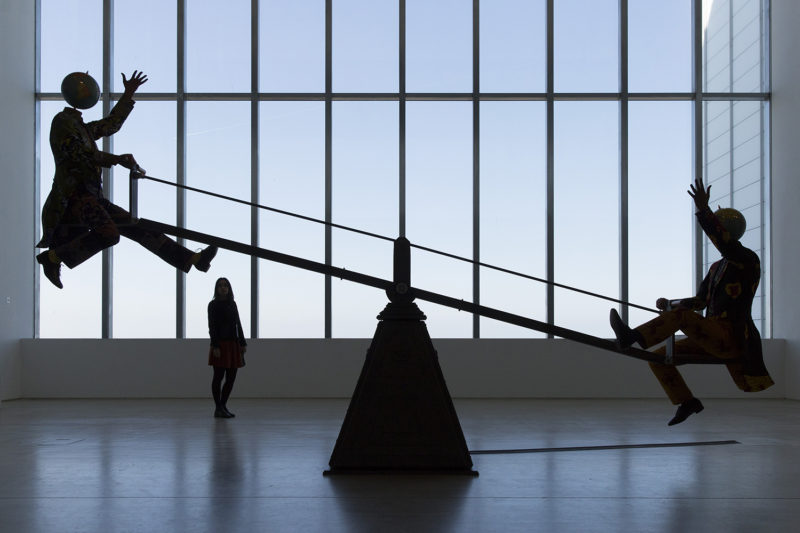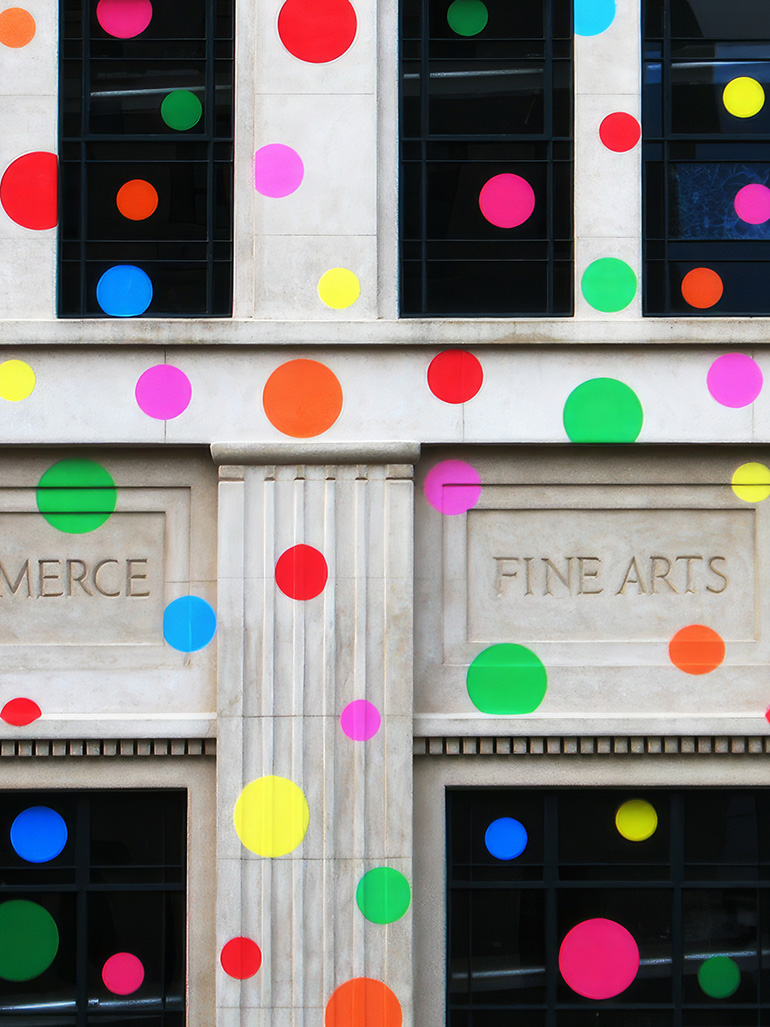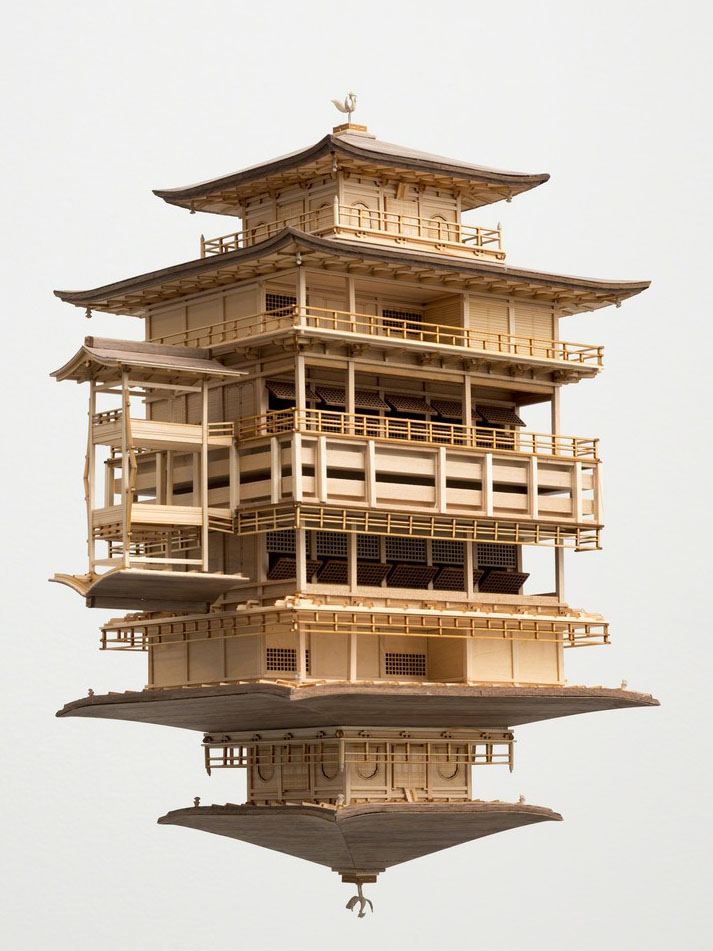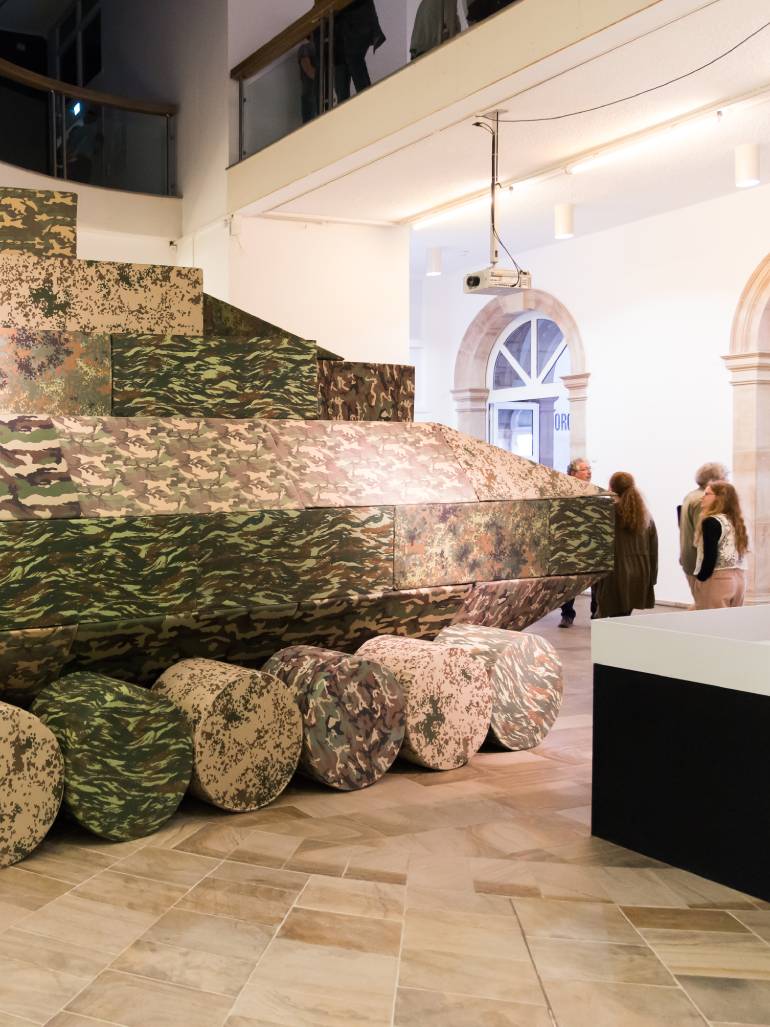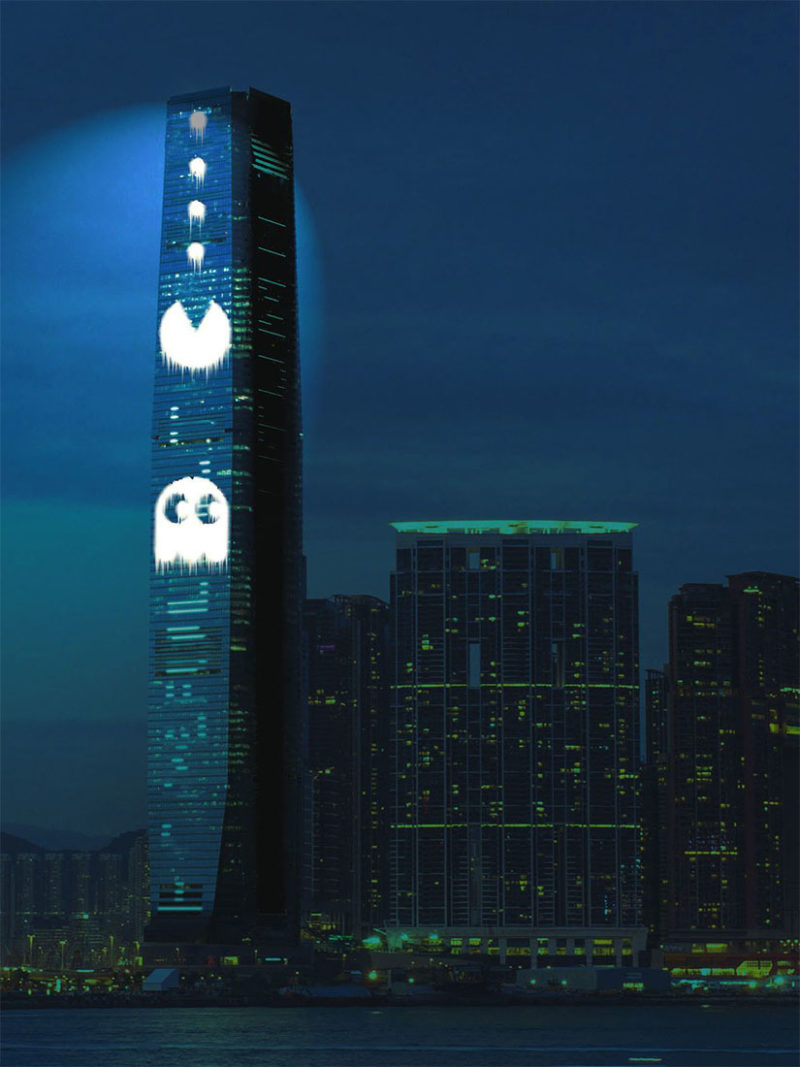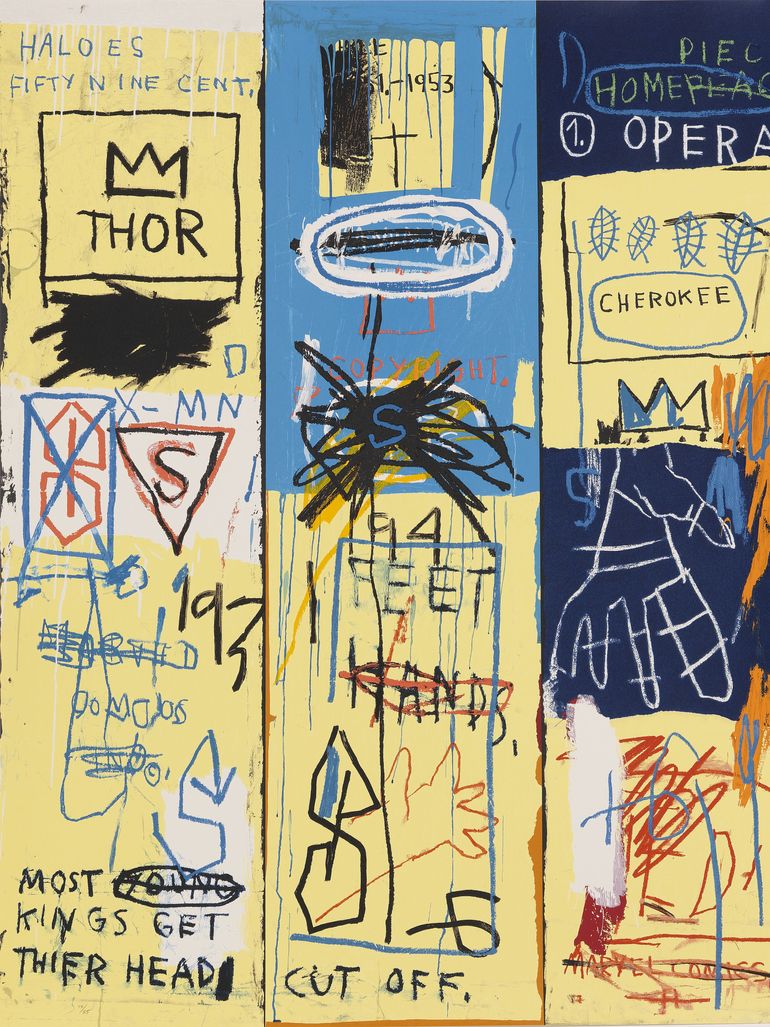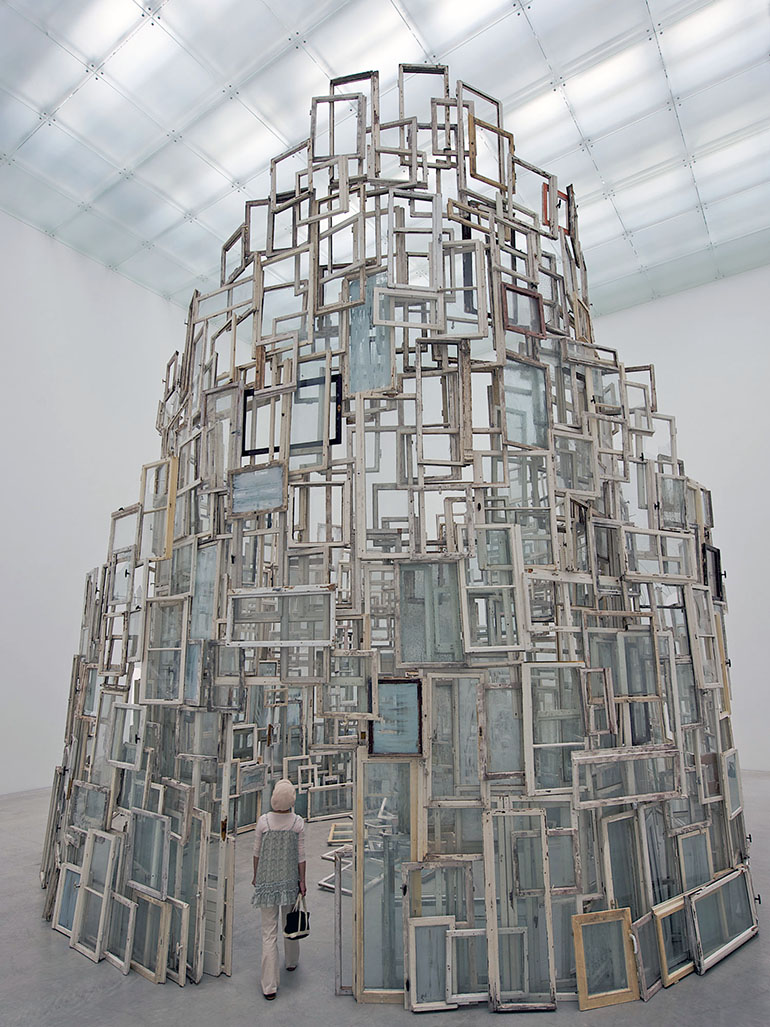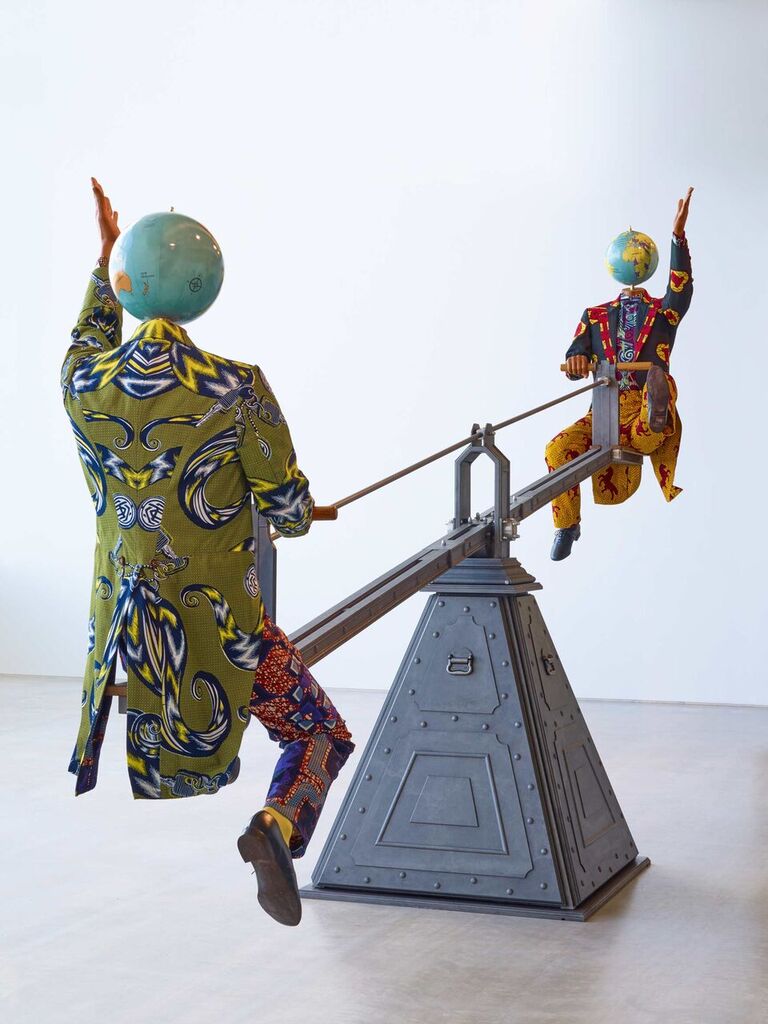
About Yinka Shonibare
Leading UK contemporary artist Yinka Shonibare 1 is an Honored Member of the Order of the British Empire, which is why the moniker MBE has become integral to his title. As one of the most revered and well-recognized contemporary artists in the world today, the name Yinka is synonymous with historical allusions.
What is Shonibare known for?
Shonibare’s amalgamations of noteworthy moments in international and artistic histories imitate his own hybrid Nigerian 2 and British identity. His wax fabrics, which have a complex yet sophisticated pedigree, have truly become his signature, as is evidenced by the artist’s love for exquisite period costumes and headless mannequins that mimic classic scenes from world history.
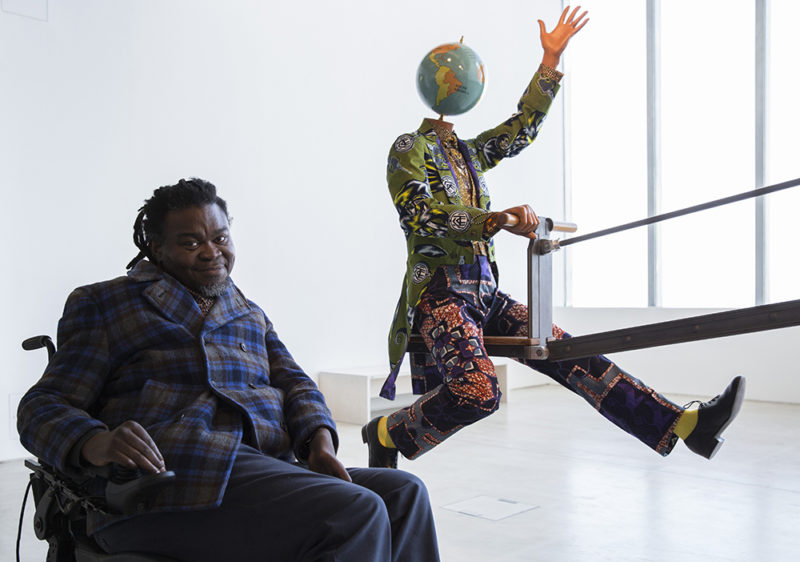
Why did he create The End of the Empire?
Shonibare created The End of the Empire to commemorate the centenary celebrations of World War One in England. Margate’s Turner Contemporary, the premier gallery in town, commissioned the piece from Shonibare to comment on the balance of power in Somme 1916 that saw almost one million combatants dead or wounded 34 in the World War offensive.
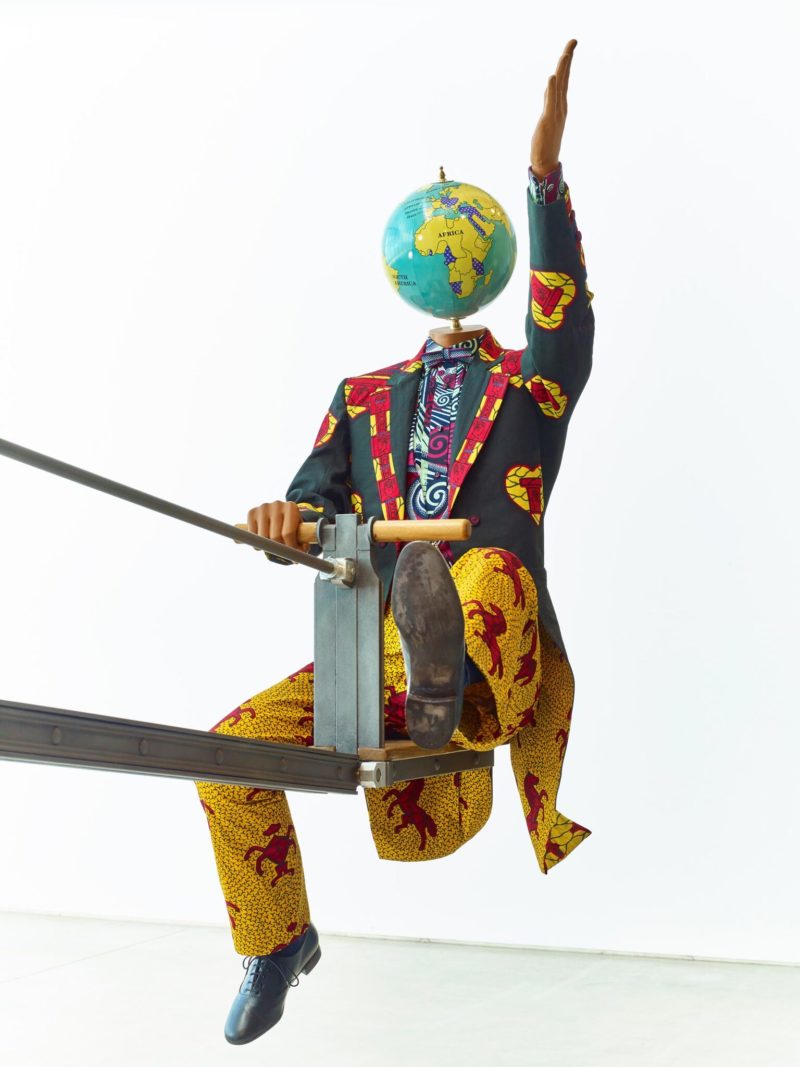
Exhibition video
1 min 18 sec
The use of textile
The use of textile
The End of Empire was created using Dutch wax fabrics that were historically inspired by Indonesian batiks 56. Oddly, these wax fabrics are today part of African authenticity 78, and it is no wonder that Yinka has opted to feature them heavily in his creations.
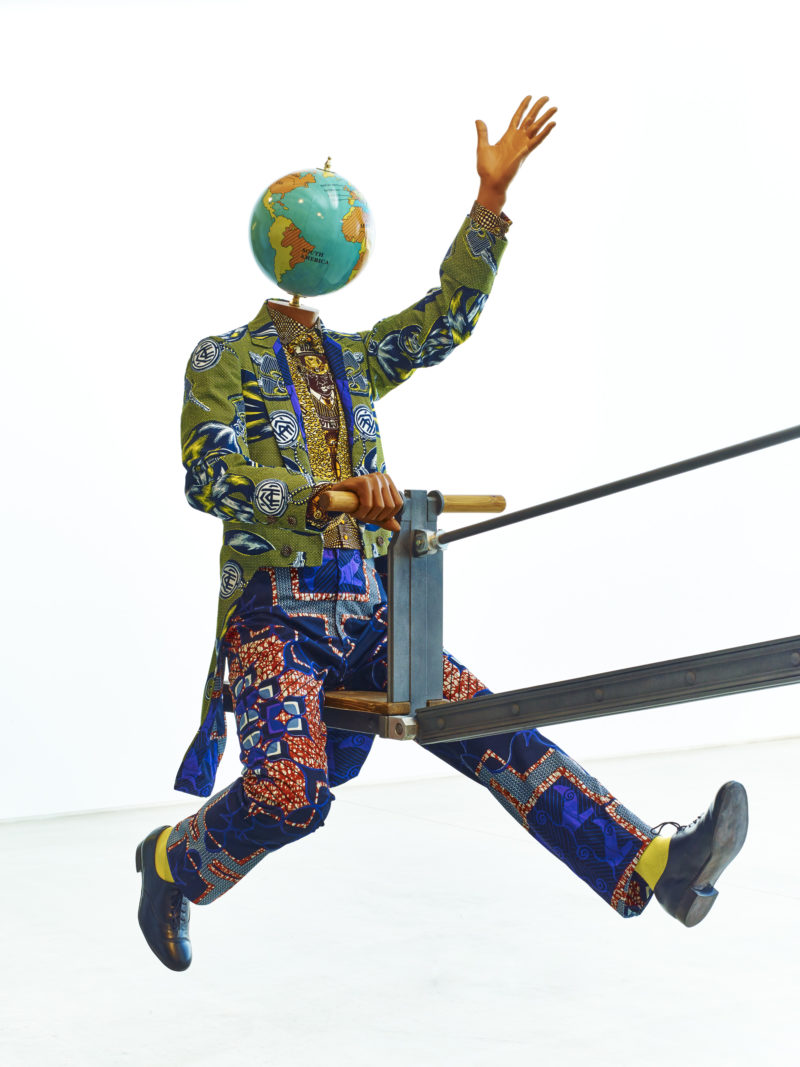
What both figures represent
The End of the Empire featured two Victorian male figures that were both dressed in Victorian costumes 910 fashioned from African textiles. Both Victorian men had globe heads representing the opposing sides of World War 1.
The alliance by the French and British, as well as that, is the Austro-Hungarians and the Germans are what primarily led to the Battle of Somme 1112. This was aptly represented by the slow-moving see-saw that had both foes sitting at each end.
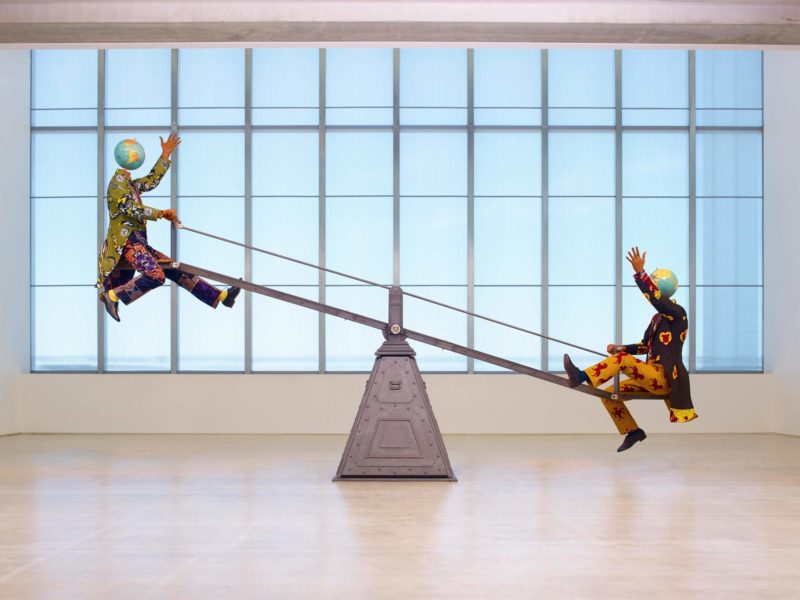
To create the piece, Shonibare had to immerse himself in months of extensive reading and research to capture the spirit of imperialism and colonization.
This understanding of what occurred in history helped the artist design an installation that could demonstrate the effects of the war in the hopes that people would finally reconcile or finally come to terms with an aspect of history that is only ever told in today’s classrooms.
Offering a metaphor of dialogue, conflict, and balance, the End of Empire was designed to finally force a resolution between the two opposing forces of the World Wars.
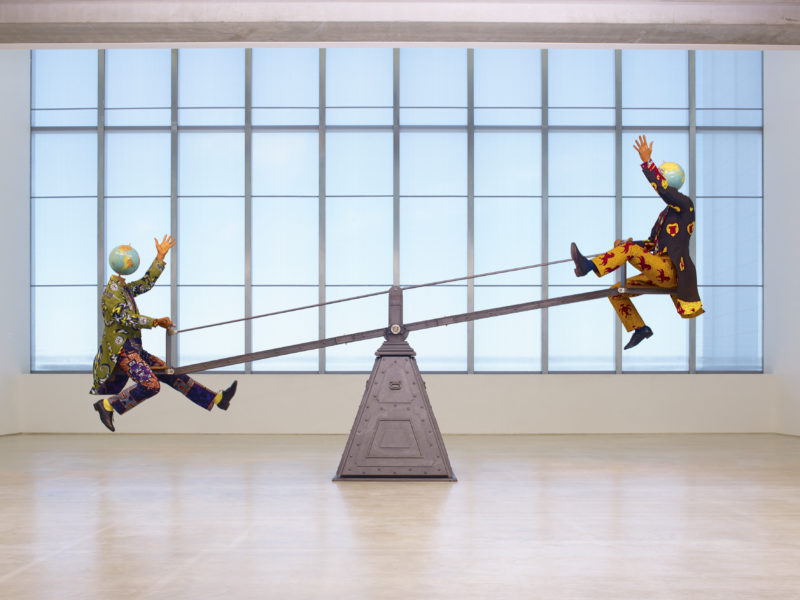
Video: Interview with Yinka Shonibare MBE
1 h 3 min 17 sec
Conclusion
Conclusion
In part owing to his continued experimentation with varying forms of media, Shonibare’s art, even the End of Empire, challenges simple categorization, which is probably why Yinka is so critically acclaimed.
